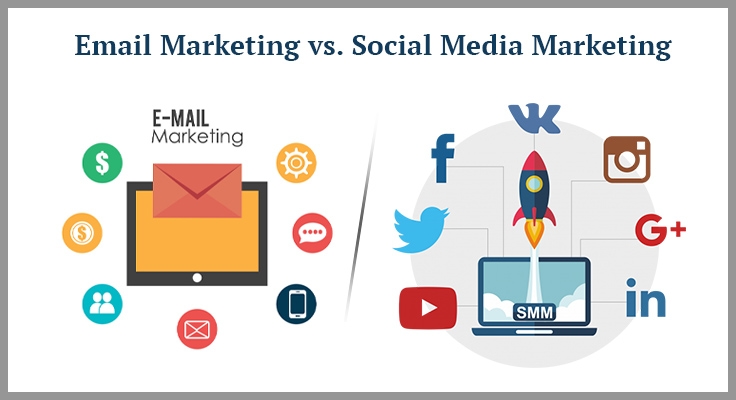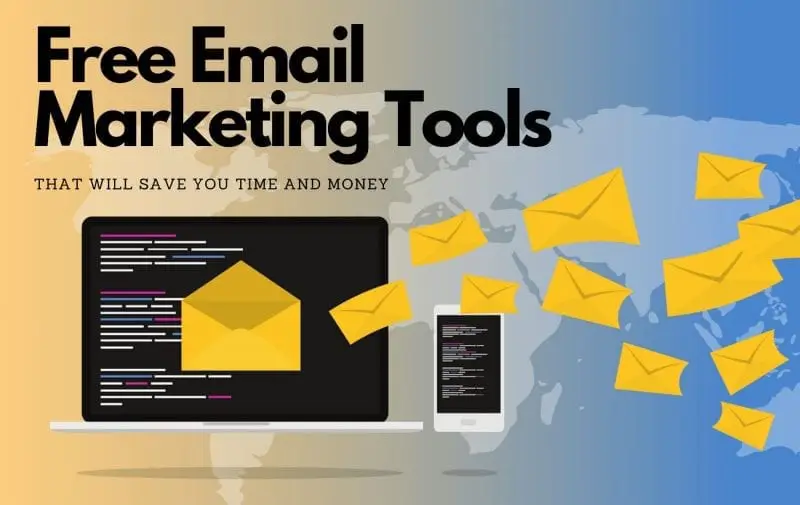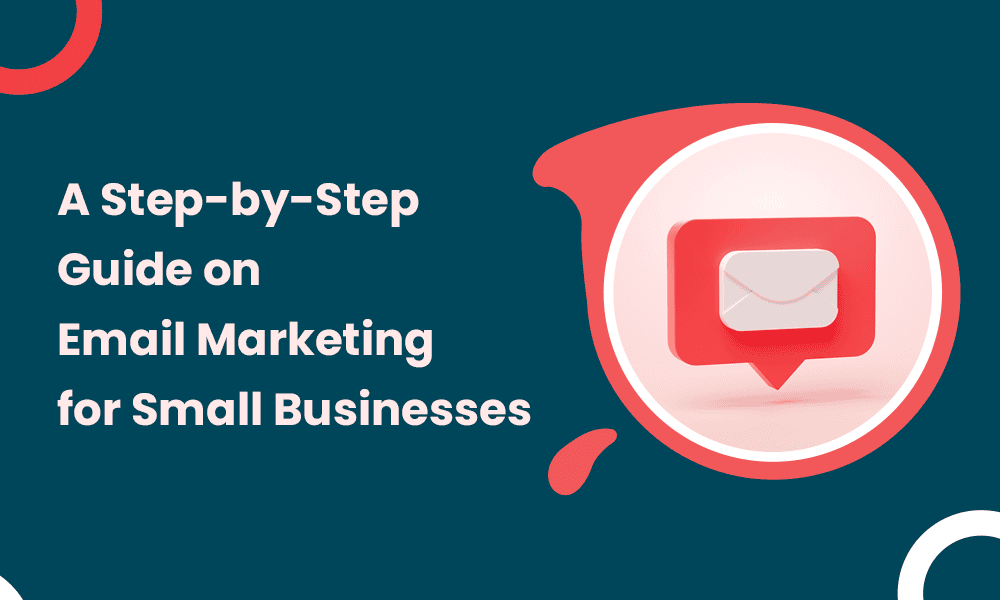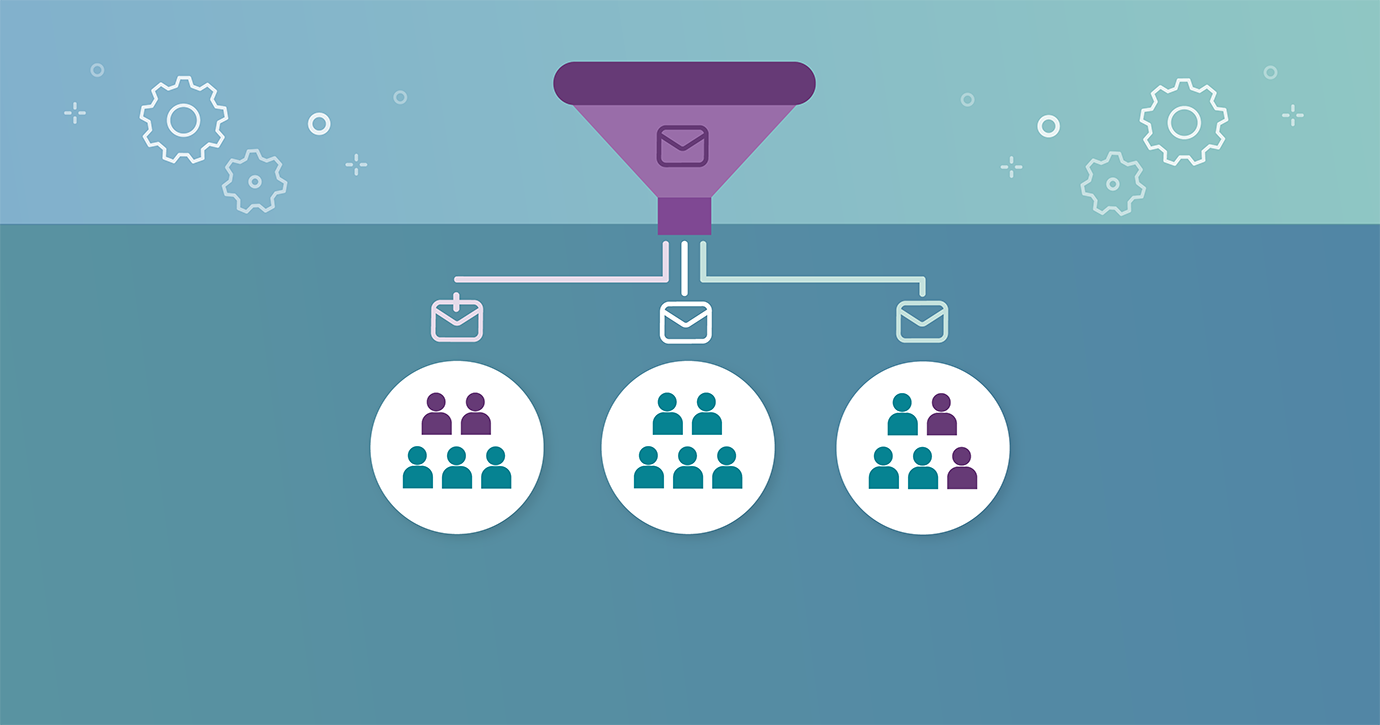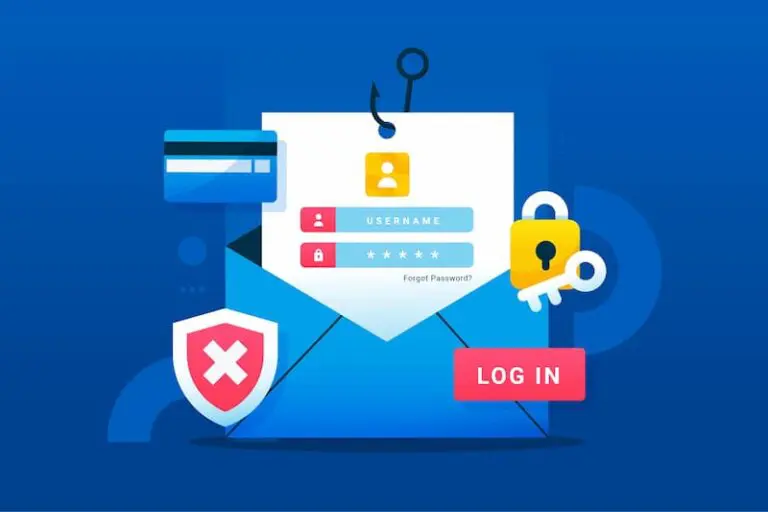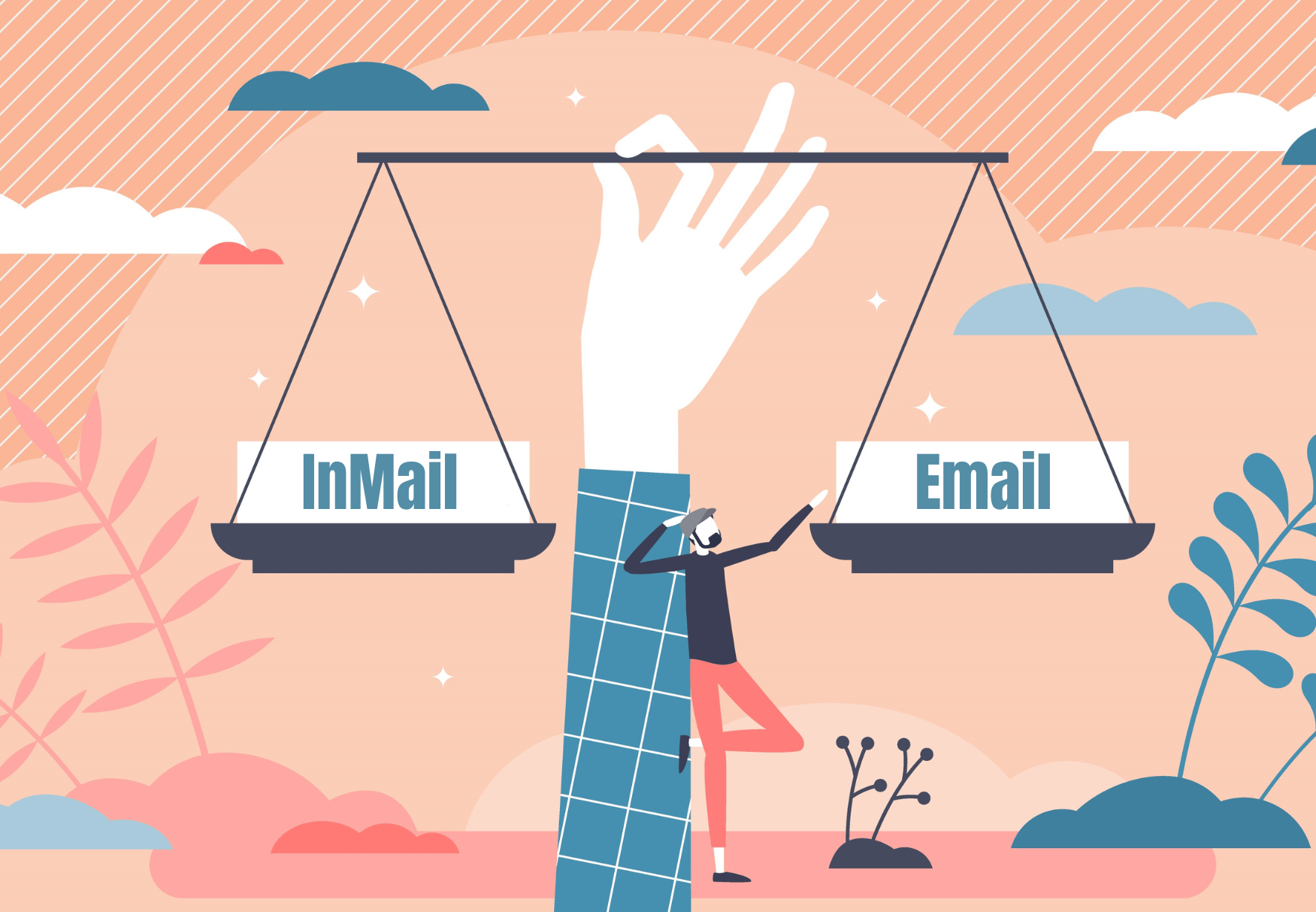There is nowhere on the internet more intimate than our inboxes. In speaking with Copy Hackers co-founder Joanna Wiebe, this truth surfaced repeatedly.
“Email is such a personal way of communicating,” Wiebe says. “You have to respect that and consider who you’re writing to, and why you’re writing to them in the first place. You’re building a relationship. You have to build your reputation, and don’t ever break their trust.”
After nearly a decade of writing to build trust with readers, Wiebe shares 15 key lessons that can elevate your email writing immediately.
Have someone in mind
If you try to please everyone, your writing risks becoming bland. Instead, Wiebe suggests picturing a specific person while writing. Email is a one-to-one conversation, not a broadcast.
Start simple
Many new writers focus too much on being entertaining and lose clarity. Wiebe advises beginning with a straightforward draft. Think of it like building a house—you need a strong structure before you decorate it.
Then add some style
Drawing from the fashion principle of color, pattern, texture, and shine, Wiebe recommends applying variety and flair to your writing. Use sentence rhythm, vivid language, and structure to make your copy more dynamic.
Make it fun, not forced
Personality matters in email, but forced humor or slang can backfire. If something feels cringeworthy, it probably is. Keep it natural.
Read more to write better
Reading widely sharpens your voice. Pay close attention to the writing styles that resonate with you and consider it part of your job as a writer.
Hook your readers by matching their needs
Understanding your readers’ problems is key. When your message aligns with their challenges, they’re more likely to stay engaged.
Use PAS to structure emails
Problem. Agitation. Solution. This classic formula grabs attention and moves readers to act. It’s especially effective if your audience is already aware of their problem.
Your subject line needs a reason
Don’t treat the subject line as an afterthought. Its job is to earn the open. Make it meaningful, not just descriptive.
Break the mold
Look at your inbox and notice the patterns. Then do something different. A fresh approach can help you stand out in a crowded space.
Write backwards
Struggling with your opening? Start at the end. Begin with the call to action and build your email in reverse to regain flow and purpose.
Respect the inbox
Think of the inbox as a sacred space. Once someone invites you in, treat that access with care. Don’t overstep or spam.
Avoid bait and switch tactics
Your call to action should deliver exactly what it promises. Inconsistency between your email and the landing page breaks trust and weakens performance.
Satisfy curiosity
Clickbait subject lines may get opens, but they must be followed by emails that deliver value. Fulfill the curiosity you create.
Write for your ideal reader
Some readers will unsubscribe—and that’s okay. Focus on those who align with your brand. If you alienate them, the rest doesn’t matter.
Sound human
People respond to people. Don’t hide behind corporate jargon. Be real. Be relatable. Great relationships start with honest conversations.
